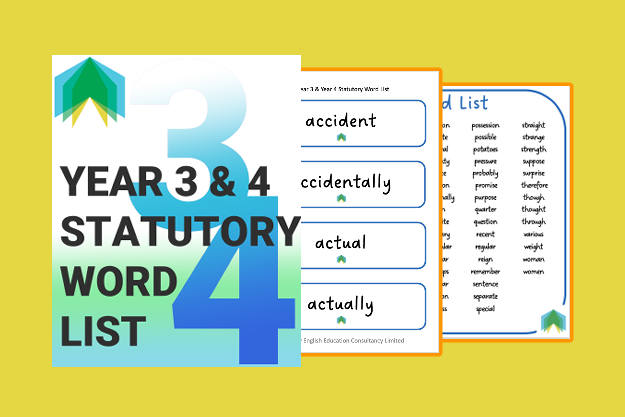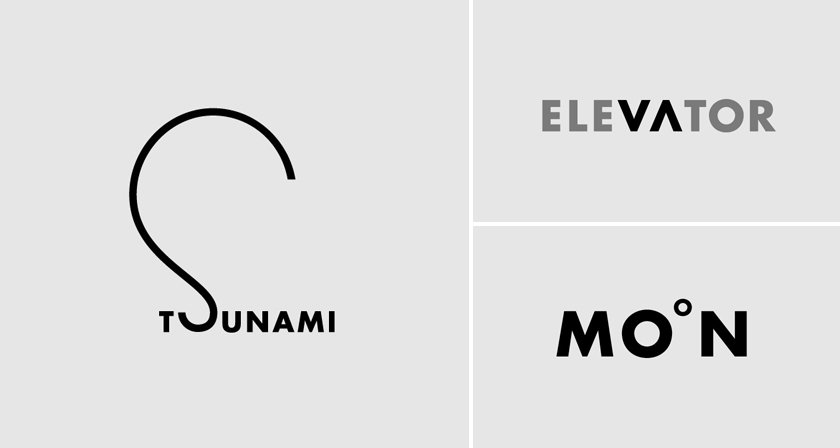Playing with words
The first in a series of blog posts considering playful approaches to vocabulary and spelling.
I had a tidy-up in my office recently. As is customary with tidying, I made a great big mess then threw a huge pile of paper into our recycling bin. I also found a long-forgotten notebook. It was whilst flicking through said notebook listing activities suitable for teaching spelling and vocabulary. This rather fortuitous case of lost and found has led to a resource upload, a list of vocabulary teaching ideas in this post and, I hope, to a series of blogs about playing with words. Here are just a few of the ideas found in my lost notebook.
Linking spelling and vocabulary
The Statutory spelling lists for Y3/Y4 and Y5/Y6 provide a useful starting point for increasing vocabulary. It is a statutory requirement that children be able to spell these words, so we may as well ‘double-count’ and make sure that children understand what these words mean too. We have produced flashcards of all the words on the Y3/Y4 and Y5/Y6 lists which can be used with children and displayed in the classroom. We’ve added a link to the Y3/Y4 resource below, you’ll find the Y5/Y6 list in the same section of the Primary English website.
Calligrams
If you’re as old as me (probably not) and remember teaching the old National Strategies Y3 unit on shape poems and calligrams (we’re talking late 1990s here so some of you may even have been taught this unit). You’ll remember just how much fun can be had with calligrams. If this is a new term to you, calligrams are visual representations of a word’s meaning. Calligrams are a great way to explore new vocabulary as they both describe the meaning but also help children remember the definition. If you’re looking for a good book to initiate work on calligrams, I recommend Word Whirls and Other Shape Poems by John Foster.
Words in a word
Do you ever look at a word and spot the other smaller words within it? I don’t mean anagrams, but instead the words that form as you scan the word from left to right. I know I’ve really annoyed my teenage daughter by doing this on the way to school in the morning – not that I’ve allowed her annoyance to stop me doing it. Here’s the example that annoyed her most recently:
Me (pointing to the Land Rover Discovery in front of us): Dear child, have you ever noticed the number of words hidden inside Discovery?
Dear child (grunting): No? But you’re gong to tell me about them aren’t you?
Me: Or we could do it together. Okay, we won’t do it together, but let me tell you about them. Disc, disco, discover, is, cove, cover, over, very…
Dear child: Mum, stop it. Please…
I’m happy to admit that I’m a little square, but I do think this a great activity for learning to spell longer words by spotting the little ones inside it. And of course, it’s a good way to explore new vocabulary by working out where and what the hidden words might be.
Using apps and websites to support vocabulary learning
Snappy Words is a great way for children to learn synonyms, antonyms and semantic links between words. Simply enter a word, see its derivations appear in front of your eyes and then hover over each word to get a dictionary definition. Click here to visit the Snappy Words website.
We include an example from Four Pictures One Word in our vocabulary training. Just visit the Google or Apple App Stores to download a copy if you’ve not played this before. It’s a great way to illustrate that the same word can be used in different contexts, and that sometimes, depending on how it is being used, it can change word class (for example from Noun to verb).
What’s the Saying is another fun word game you can download from your usual App Store. Again, we use an example from this in our vocabulary training to illustrate how phrases as well as words are key components of vocabulary knowledge. If you’ve ever seen Catchphrase on television, then you’ll know what to expect from What’s the Saying.
That’s it for my first blog of 2019. I plan to be back soon with more ideas for playing with words. If you liked this blog post here are some other Primary English articles about words.
Originally written in January 2019, this blog was updated in June 2022.


